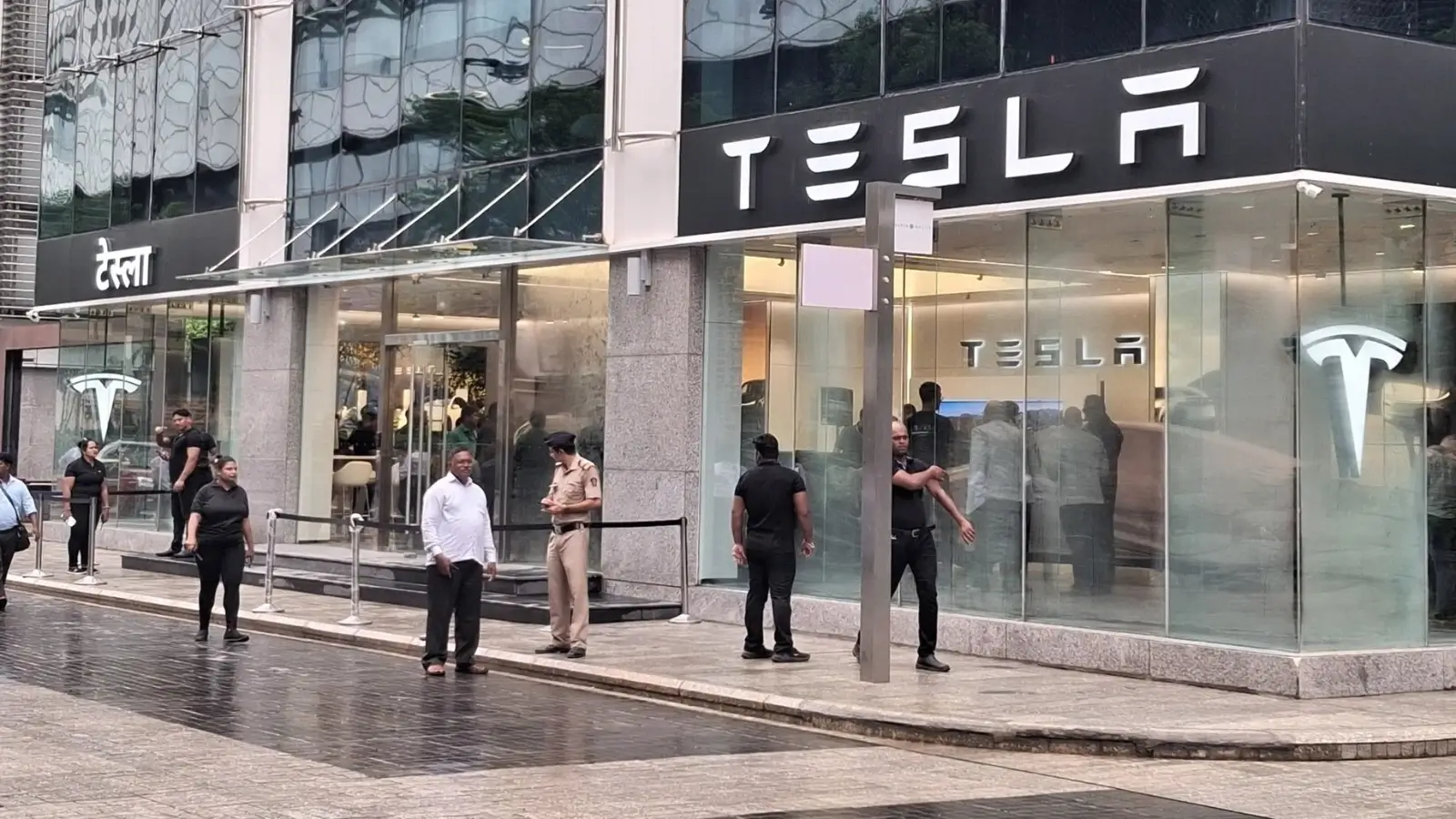


If you have noticed that the rising energy costs are driving up your business's operating expenses, it is time to look at your energy consumption. High utility bills can strain your budget, which affects profitability and reduces resources for other business needs. Read on for four ways to reduce your business energy costs without compromising productivity.
You cannot start lowering your utility bills if you do not know how your business uses energy. An energy audit is the first step to identifying inefficiencies and unnecessary consumption. An audit can help identify outdated appliances, poor insulation, or inefficient lighting that may be wasting energy.
Be sure to work with a commercial electrician to analyze usage patterns and get recommendations for energy-efficient solutions. Professional electricians can also help optimize wiring, upgrade outdated electrical panels, and ensure compliance with safety regulations.
Office equipment, kitchen appliances, and industrial machinery can consume much energy if not used efficiently. Consider upgrading to Energy Star-Certified appliances as they are designed for better energy performance. The following are more ways to optimize office equipment and appliances:
Unplug unused devices: Many electronics continue to draw power even when turned off. Unplug unused equipment or use smart power strips to reduce energy consumption.
Enable power-saving mode: Computers, printers, and other office devices often have energy-saving settings that reduce power usage when not in active use. Ensure these features are enabled across all applicable equipment.
Schedule regular maintenance: Dust, dirt, and wear can reduce the efficiency of appliances and machinery. Conducting routine maintenance, such as cleaning filters, lubricating moving parts, and checking for leaks, can help ensure optimal performance. If you're in Texas, understanding the current average price per kwh texas can also help businesses better manage energy consumption by identifying high-cost periods and adjusting operations accordingly.
Lighting is one of the most significant contributors to your business's energy costs. Consider investing in energy-efficient options to save energy. For instance, if your company uses traditional incandescent or fluorescent bulbs, replace them with LED alternatives. LEDs do not only consume up to 75% less energy than traditional bulbs. They also last longer, enabling you to lower replacement and maintenance expenses.
Be sure to install motion sensors, dimmers, and timers to ensure your business only uses lights when needed, allowing you to maximize savings. You should also leverage natural lighting whenever possible to further minimize dependence on artificial lighting.
Poor insulation results in unnecessary energy consumption, especially during heating and cooling. Invest in proper insulation to maintain optimum indoor temperature, which reduces the need for excessive heating in winter and cooling in summer. Here are tips for improving your business premises’s insulation:
Seal air leaks: Use weather stripping, caulk, or sealants to close gaps around windows, doors, and vents.
Upgrade insulation materials: Invest in spray foam, fiberglass, and cellulose to add or replace insulation in walls, ceilings, and floors.
Use thermal curtains or blinds: Window treatments provide extra insulation. This reduces heat gain in summer and heat loss in winter.
Insulate pipes and ducts: If heating and cooling ducts are passing through the basement or attic, consider insulating them to prevent energy loss. Insulating water pipes can also help you maintain efficient heating.
Reducing your business’s energy costs does not have to be complicated or expensive. Conduct an energy audit, optimize appliances, upgrade to energy-efficient lighting, and improve building insulation to lower utility bills while enhancing overall efficiency.